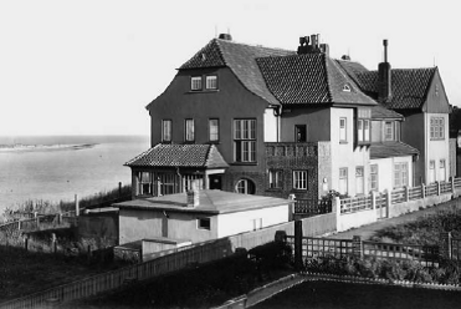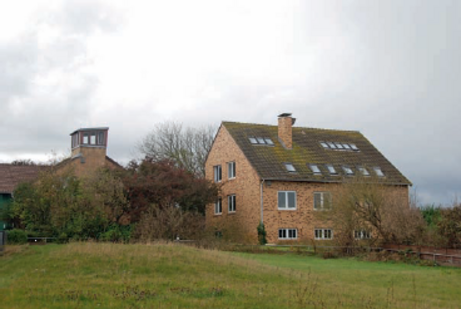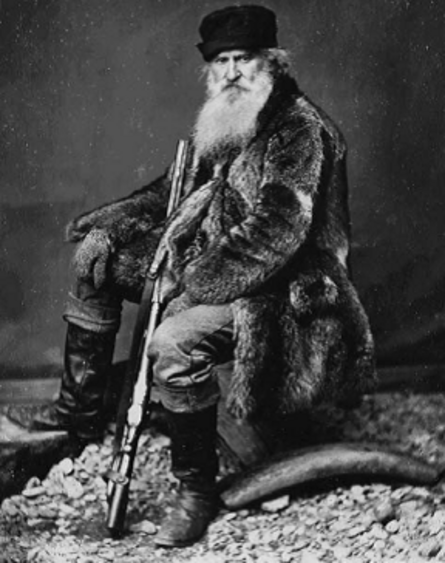
(1814 - 1897)
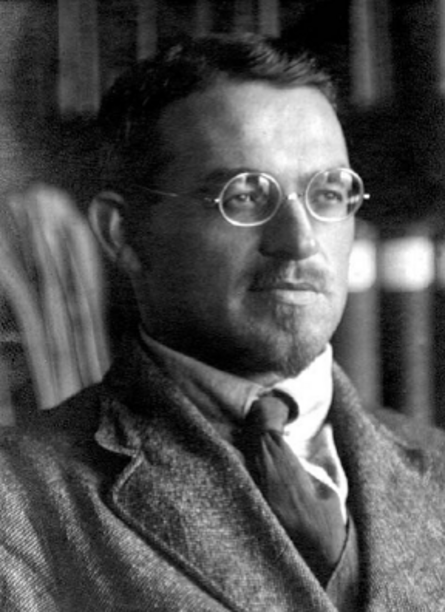
(1886 - 1973)
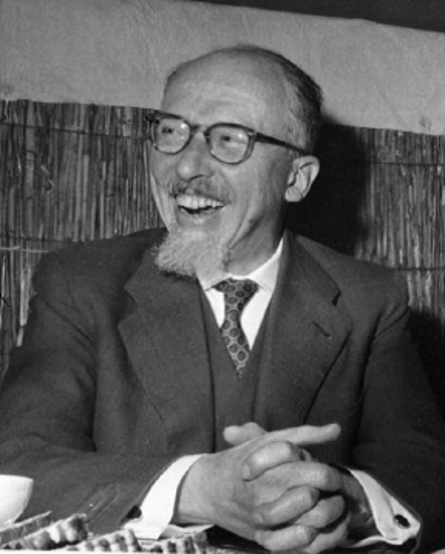
(1892 - 1971)
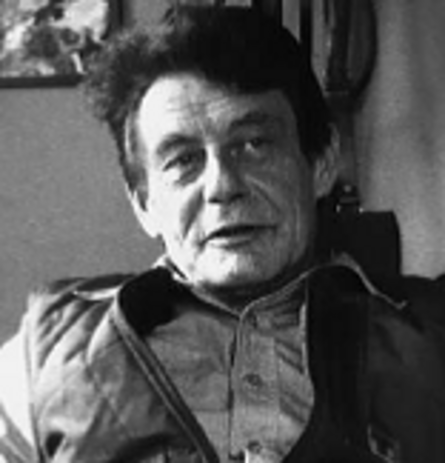
(1925 - 2015)
History of the IAR on Helgoland
The IAR is the second oldest ornithological station in the world. An overview of it's history in a
time table:
| 1837 | Heinrich Gätke (1814-1897) moves to Helgoland. |
| 1847 | Gätke starts keeping an ornithological journal. |
| 1891 | Gätke publishes his book with the trend-setting titel „Die Vogelwarte Helgoland“. |
| 1909 | Dr. Hugo Weigold (1886-1973) initiates the first Helgoland research project at the Biologische Anstalt Helgoland. |
| 1/4/1910 | Dr. Weigold is officially installed as an ornithological researcher on the 1st of April. This date is now seen as the date of the initiation of the "Ornithological station Helgoland", now the Intitute of Avian Research in Wilhelmshaven. |
| 1/4/1924 | Prof. Dr. Rudolf Drost (1892-1971) becomes the successor of Weigold. |
| 10/10/1944 | Prof. Dr. Drost leaves Helgoland. |
| 18/4/1945 | The activity of the ornithological station is stopped. |
| 1947 | The Institute of Avian Research "Vogelwarte Helgoland" moves to Wilhelmshaven. |
| March 1953 | Dr. Wolfgang Jungfer (1913-1999) resumes ornithological work at the now called Island station of the Institute of Avian Research "Vogelwarte Helgoland". |
| 1/4/1956 | Dr. Gottfried Vauk (1925-2015) becomes the new leader of the Island station. |
| 1957 | The first research house is built on Helgoland. |
| 1/3/1975 | Dr. Dieter Moritz obtains a position as the second scientist on Helgoland. This position is maintained when Dr Moritz has to resign for medical reasons in February 1996. |
| 1988 | Dr. Vauk leaves the Island station. |
| 1/7/1989 | Dr. Ommo Hüppop takes up leadership of the Island station. |
| 1/03/2012 | Since 2012 all scientists's work places are mainly located in the main division in Wilhelmshaven, wherefrom the scientific projects at the Island station are coordinated. For that reason Dr. Hüppop moved to Wilhelmshaven, from where he continued his scientific leadership of the Island station until 2021. Dr. Jochen Dierschke became the technical leader of the Island station. |
